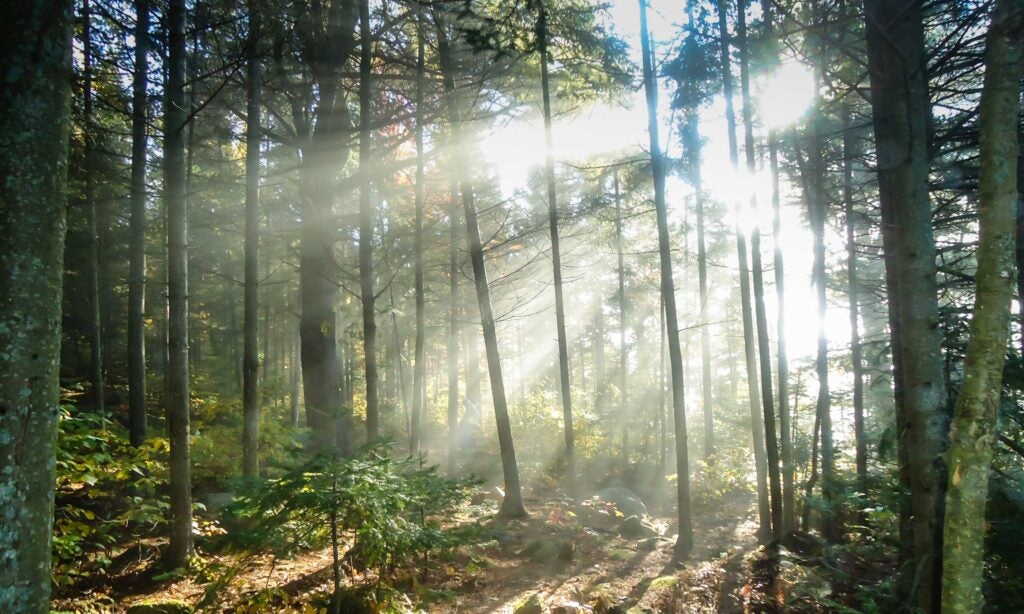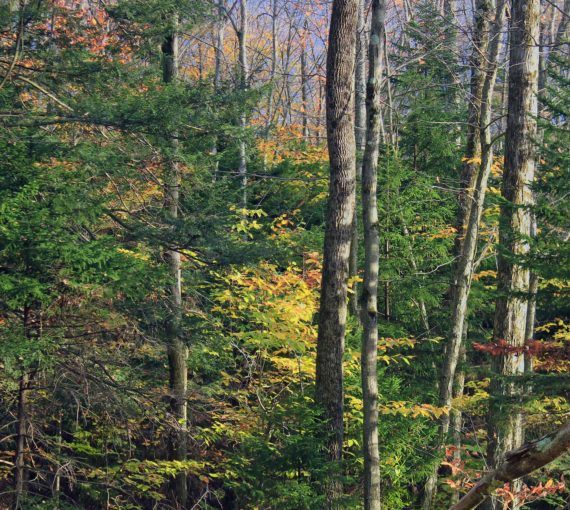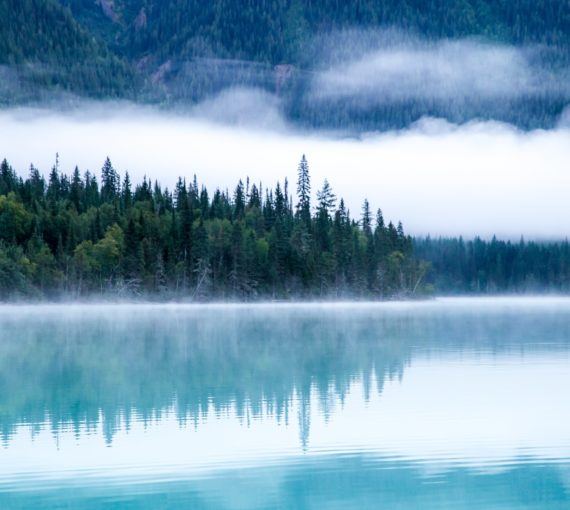This op-ed was originally published in The Hamilton Spectator
On June 4, the Ontario government passed Bill 5, despite significant pushback from Indigenous communities and organizations, conservationists, unions and others. It’s a sweeping piece of legislation that scraps the Endangered Species Act and enables “special economic zones” that the premier and his cabinet can create, for any reason, in any area, in which no provincial, Indigenous or municipal laws need be upheld.
The next day he announced that the Ring of Fire will be declared a special economic zone as quickly as possible. In response to statements from Indigenous people throughout the province that, if needed, they would “meet the government with resistance, on the ground, and in the courts, to protect our inherent, Treaty, and constitutionally protected rights,” Ford quipped: “You can’t break the law. Simple as that … They need to move on or they’ll be dealt with appropriately.”
That from someone who demonstrated such astonishingly little regard for the law that he bypassed the Crown’s legal obligation to consult Indigenous nations before passing the bill and has abandoned most legal environmental safeguards perceived as fettering the ambitions of his business colleagues to further “unleash” their extractive activities.
Let’s not forget the last “red tape” omnibus bill, the COVID-19 Economic Recovery Act, that dismantled the environmental assessment process and grossly weakened measures to protect forests. First Nations owners of Wahkohtowin Development launched a Treaty 9 cumulative effects court case in 2022, arguing that Ontario has no way of measuring the impacts of its statutes, regulations and policies on First Nations treaty rights. Bill 5 will only exacerbate the impacts and issues.
Canada’s 1867 Constitution allowed provinces to set management direction for the benefits of citizens. It made Indigenous people wards of the state and placed them on small “Indian reserves,” which were inadequate to maintain community and traditional ways of life. Indigenous people were not considered the province’s citizens. This was an attempt to wash away the original land and benefit-sharing contemplated by the treaties.
Indigenous rights are not red tape; they are inherent. They require Ontario to uphold its fiduciary duties and to establish government-to-government relationships with Indigenous nations. The Supreme Court of Canada has continuously upheld the right to meaningful consultation that seeks to achieve free, prior and informed consent in decisions.
Indigenous rights are not red tape; they are inherent.
Development and extractive activities and a lack of sufficient regulatory safeguards have pushed at least 230 Ontario species at risk toward local extinction. Habitat loss is the primary driver of wildlife and plant decline. The impetus for the Endangered Species Act in the 2000s was recognition that industrial and development regulations were insufficient to protect forests, wetlands and waters that wildlife needs to survive.
Premier Doug Ford’s response shows a complete ignorance of the existence of parallel legal systems upheld within the province: Indigenous systems of law, rooted in a sense of responsibility to steward Earth. As associate professor Robert Clifford explains, “There were Indigenous systems of laws and governance that were on these lands prior to contact — these laws have authority in that they still exist.”
In the words of land defender Kahante Horn-Miller, “Our original instructions were to be caretakers of this land. When you see Indigenous People on the front lines of these protest movements, that’s what we’re doing.”
Our original instructions were to be caretakers of this land. When you see Indigenous People on the front lines of these protest movements, that’s what we’re doing.
We are in the midst of global biodiversity and climate crises. Ontario is a biodiversity hot spot. The peatlands in the Hudson’s Bay Lowland store between 30 to 39 billion tonnes of soil carbon — between 25 and 30 per cent stored on the planet. What happens here matters not just to us but to the world.
To address biodiversity loss and climate disruption, Canada and other countries have committed to identifying, conserving and protecting at least 30 per cent of ecosystems, land and water forms — homes for wildlife.
Wahkohtowin Development First Nations are actively planning and pursuing this conservation target on lands within “sustainable forest licences” which are routinely logged and on average have only about 11 per cent conserved. As the lawsuit indicates, the nations are taking action to address the cumulative and associated economic impacts within their territories, uphold their treaty rights and adapt to and fight climate change.
Premier Ford cannot silence us with threats. We will not “move on.” We’ll stay right here, defending our corner of the planet that we love.
David Flood is general manager for Wahkohtowin Development, a social enterprise held by three First Nations to design pathways to full participation in forest and land management across their respective territories. Rachel Plotkin is wildlife campaigner at the David Suzuki Foundation.
Our work
Always grounded in sound evidence, the David Suzuki Foundation empowers people to take action in their communities on the environmental challenges we collectively face.





